SALESmanago's Real-time, AI-powered Recommendations
Elevate Customer Experience, Skyrocket Engagement, and Maximise Sales through Data-driven Personalisation
Elevate Customer Experience, Skyrocket Engagement, and Maximise Sales through Data-driven Personalisation
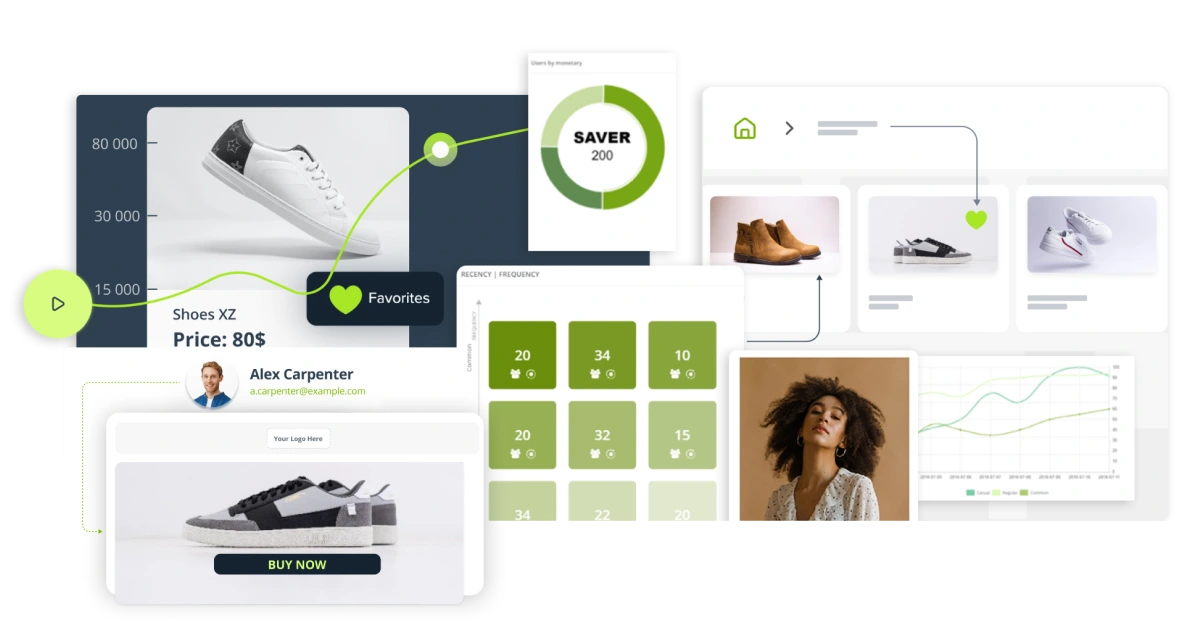
Trigger reminder emails to help recover abandoned carts
Offer tailored discounts to encourage customers to complete their purchases
Track and analyse abandoned cart recovery rates to refine your strategies

Remind customers of products they have explored to encourage purchases
Increase conversions by showcasing items of interest
Enhance user experience with personalised, relevant suggestions

Alert customers when prices drop on their products of interest
Create a sense of urgency to encourage quick purchases
Boost conversions by keeping users informed of the best deals
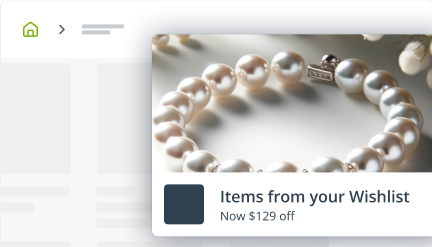
Notify customers when sold-out items are back in stock to recapture their interest
Reignite interest and encourage quick buying decisions when items become available again
Boost sales by re-engaging with shoppers who showed interest in out-of-stock products
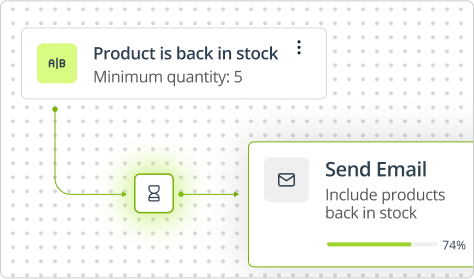
Easily offer relevant suggestions with out-of-the-box or customisable advanced scenarios
Refine product recommendations using exclusions and filters
Maximise revenue with AI-powered recommendations and sorting options
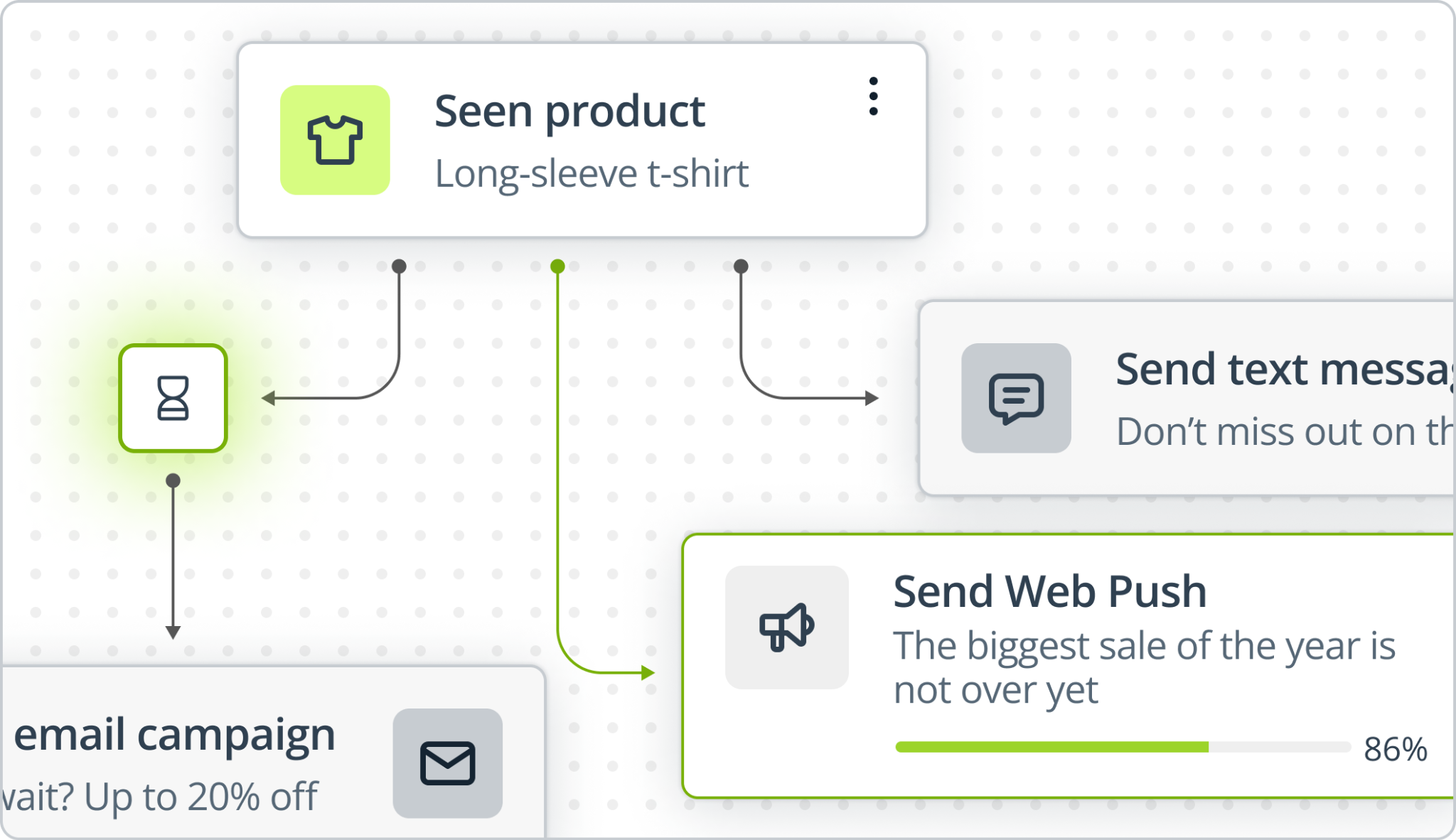
Allow users to save their favourite products and use them to drive return website visits
Boost sales by enabling customers to share their wishlists with friends and family
Easily integrate the wishlist with your existing eCommerce solutions
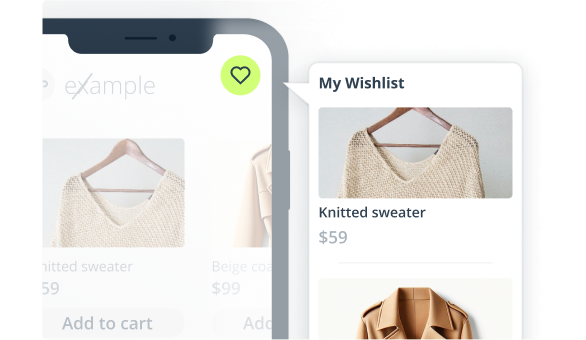
Provide highly personalised product recommendations by analysing visitors’ behaviour and preferences
Increase sales with dynamic displays of products that match customer interests
Boost satisfaction, conversion, and retention with relevant, tailored recommendations that simplify and enrich the shopping journey

Deliver personalised, dynamic recommendations that align with individual customer needs and preferences
Request custom scripts for hyper-personalised recommendations based on your customer’s specific data
Seamlessly integrate with your eCommerce platform to access dynamic, personalised recommendations—featuring client-specific pricing and tailored product suggestions
.png)
Offer highly relevant product recommendations using advanced exclusions and similar item filters
Maximise revenue by applying expanded product sorting options tailored to customer preferences
Fine-tune recommendations with the advanced filtering and sorting tools and analytics
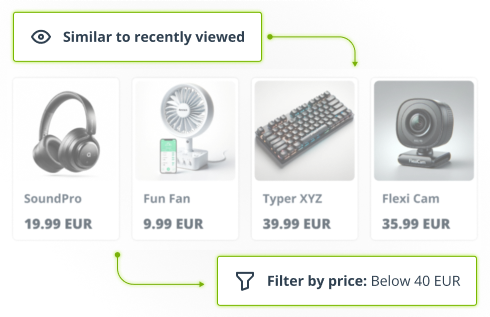
.png)
Transform casual browsers into fans with our AI-driven recommendation engine. Create real-time, personalised product suggestions based on individual user behaviour and preferences, capturing attention from the moment a visitor lands on your site. With advanced filtering, custom scripting capabilities, and continuous optimisation based on user behaviour, you can fine-tune product suggestions to align perfectly with your business goals and ever-evolving customer needs.
.png)
Our AI recommendations analyse user data in real-time to display products that precisely match customer interests and purchase intent. Utilise strategic price drop notifications to create a sense of urgency, motivating quick purchasing decisions. The smart back-in-stock feature recaptures missed opportunities by alerting customers when sought-after items become available.
.png)
Our AI-powered recommendation engine evolves with each interaction, delivering increasingly relevant product suggestions that keep customers coming back. The dynamic wishlist functionality encourages repeat visits and simplifies the path to purchase. By implementing custom recommendation scripting and advanced filtering, coupled with ongoing data analysis, you can create hyper-personalised experiences that resonate with individual customer preferences and anticipate their needs.